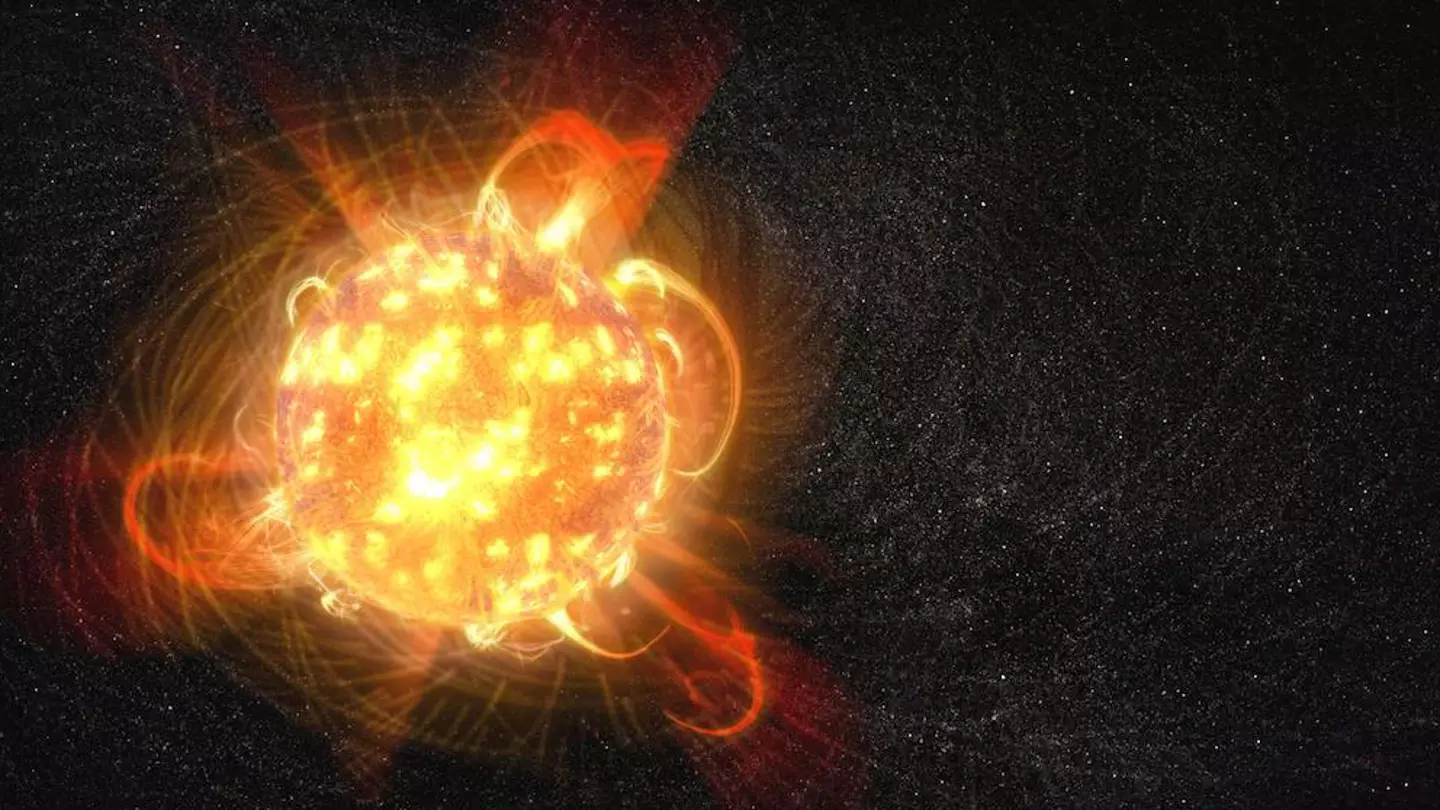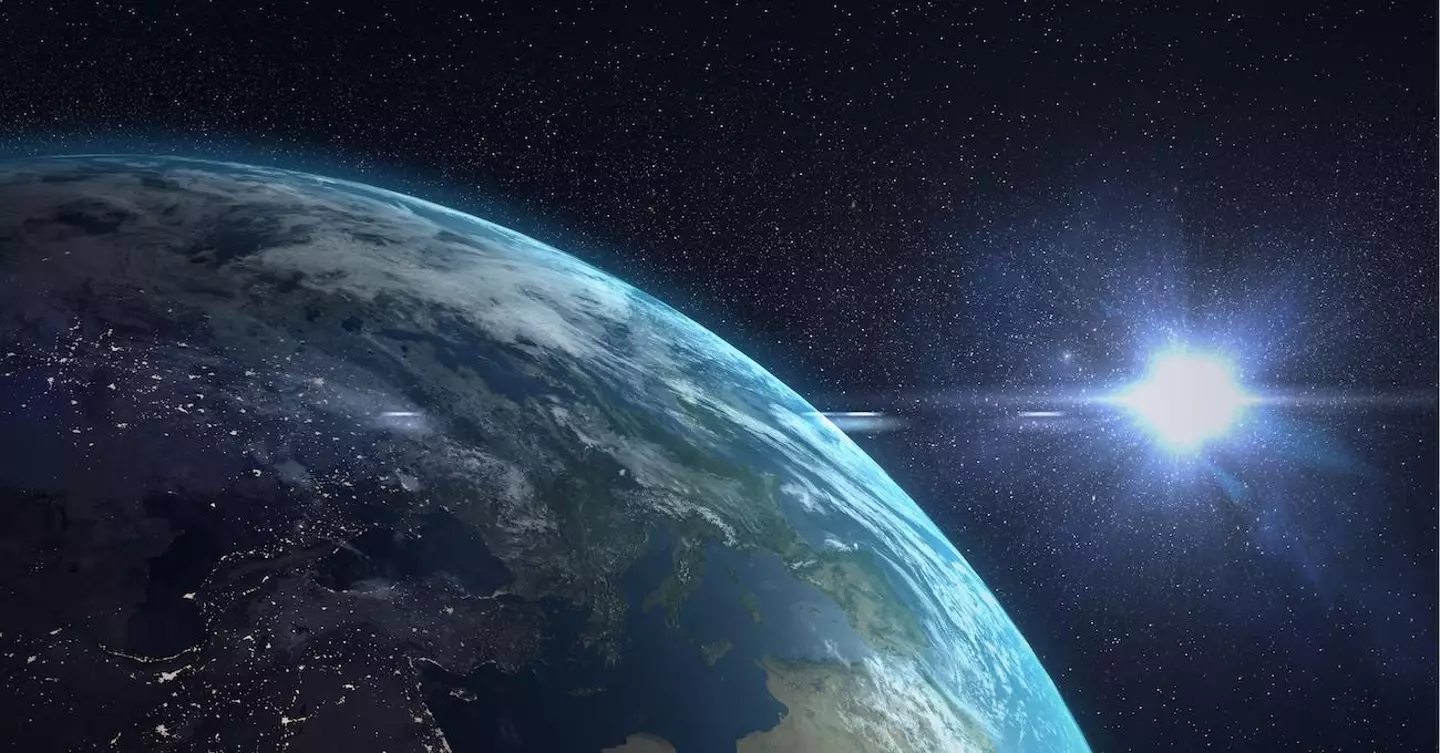
Scientists think they have figured out when the sun will burn out/explode due to a greater understanding of nuclear reactions and fusion.
Some clever clogs at the Smithsonian Astrophysical Observatory, Harvard College Observatory and the Centre for Astrophysics have undertaken complex calculations to determine when the Sun will decide to give way, as reported by Daily Star.
Thanks to new research, scientists have determined that our sun is 'middle-aged' and no, before you ask, that's not because it wears socks and sandals.
Advert
Paola Testa is one of the very clever scientists working on the project and has explained how the new findings in recent years have made it easier (for them) to calculate when the disaster is set to take place.

He said: "A lot of the science is relatively new, like in the last century, because an integral part of understanding how a star works comes from understanding nuclear reactions and fusion.
"Before the 1930s, one of the main ideas of how stars worked was that energy was coming just from gravitational energy.
Advert
"By putting together lots of different information from lots of different stars, astronomers and astrophysicists could build a model for how stars evolve.
"This gives us a rather precise guess of how old the Sun is."
Don't worry though, it won't be any time soon and we'll still be able to complain about how hot it is during two weeks of the year.
So, it was revealed that the Sun's ending will happen in around five billion years time.
Advert
Quite clearly, none of us will be around then and won't be able to put it on our Insta stories.

More recently, however, it has been discovered that a huge asteroid is set to fly ‘near’ to Earth at the beginning of next year.
Something to look forward to, eh?
Advert
The asteroid - named Asteroid 2013 YD48 - is approximately 104 metres (340ft) wide and will be 5,600,000km away (3.48m miles) when it is at its closest to Earth on 11 January.
Now, while that might sound a lot, and you certainly wouldn’t want to try and run that distance, in space terms it’s actually pretty close.
According to the Daily Star, NASA regards anything that is within 193,121,280km (120m miles) as a ‘Near-Earth Object’ (NEO).
Asteroid 2013 YD48 is currently being monitored by NASA on its Asteroid Watch Dashboard.
Advert
The dashboard explains: “The dashboard displays the next five Earth approaches to within 4.6 million miles (7.5 million kilometres or 19.5 times the distance to the moon); an object larger than about 150 metres that can approach the Earth to within this distance is termed a potentially hazardous object.
“The average distance between Earth and the moon is about 239,000 miles (385,000 kilometres).”
Featured Image Credit: AlamyTopics: Science, World News
